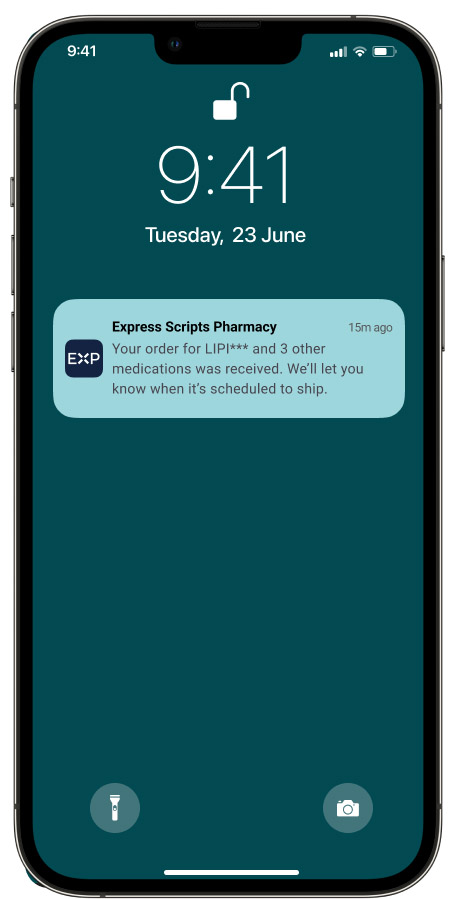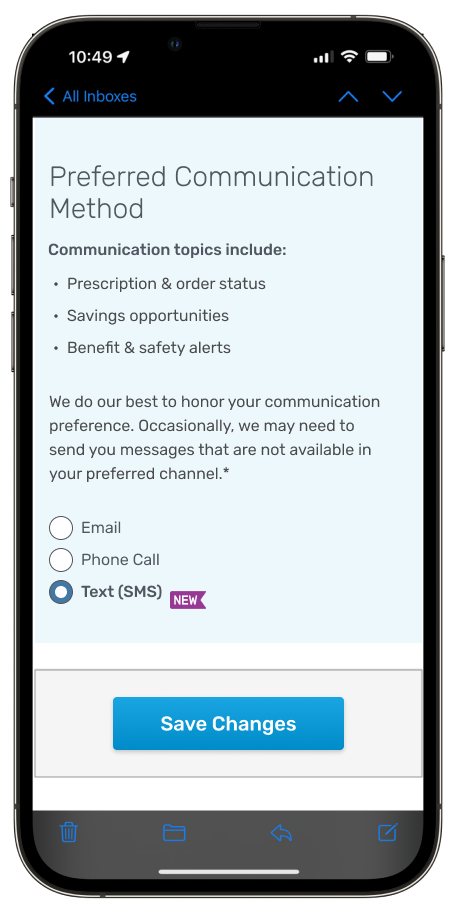What parents should know about new anxiety screening recommendations for kids and teens

Your child may be offered an anxiety screening at their next checkup
The U.S. Preventive Services Task Force is now recommending that primary care doctors screen all children 8 and older for anxiety, even if they aren’t showing any signs or symptoms. This is the first time the influential panel of experts has made a recommendation on anxiety screenings.
Why the new recommendation? The task force referenced a 2018-2019 National Survey of Children’s Health, which found that nearly 8% of children between the ages of 3 and 17 years old had an anxiety disorder.
That number is likely much higher since the COVID-19 pandemic. In fact, in 2021, the American Academy of Pediatrics, American Academy of Child and Adolescent Psychiatry, and the Children’s Hospital Association joined together to declare a National State of Emergency in Children’s Mental Health.
Here is what you need to know and what you can expect at your child’s next checkup.
What is considered an anxiety disorder?
Most kids experience worry, fear, or anxiety from time to time, and that’s perfectly normal. However, when the worry or fear becomes so excessive and unmanageable that it interferes with daily life, then it can be categorized as an anxiety disorder.
There are six forms of anxiety disorders that commonly affect children:
- Generalized anxiety disorder
- Specific phobia
- Separation anxiety disorder
- Social anxiety disorder
- Panic disorder
- Obsessive-compulsive disorder
Each of these anxiety disorders has its own specific subset of symptoms. For example, children with generalized anxiety disorder may experience constant, uncontrollable worry over day-to-day things. Children with separation anxiety disorder might feel so anxious about being away from their parent that they make themselves physically sick or refuse to go to school.
Some of the most common symptoms of anxiety disorders are:
- Feeling afraid or panicked that something bad might happen
- Having trouble sleeping
- Constantly being anxious or on edge
- Feeling restless, nervous, anxious, or tense for no particular reason
- Changes in eating habits
- Panicking or having a meltdown in social situations
- Experiencing unexplained physical symptoms like feeling shaky, jittery, short of breath, sweating, hyperventilating, or gastrointestinal problems
If you notice your child is experiencing any of these symptoms, reach out to your child’s pediatrician or family doctor as a first step.
How the screenings work
The next time your child sees their pediatrician, they might be offered one of two widely used screening tests. Both tests consist of a standard set of questions to help identify different anxiety disorders and take 10 minutes or less to complete.
The first screening test is called Screen for Child Anxiety Related Disorders (SCARED). This general screening tool looks for signs of several different anxiety disorders. Your child’s pediatrician will either ask you these questions about your child or ask your child directly. The questions focus on debilitating symptoms of anxiety, such as whether they experience intense worry, sudden fear, difficulty breathing, or pounding heart.
The second screening test is called Social Phobia Inventory (SPIN). This test looks for evidence of social anxiety and is completed by your child. The questions focus on avoidant behaviors, such as whether they avoid speaking to people, feel embarrassed, are scared of social situations, or experience panic attacks around people.
A screening test alone isn’t enough to diagnose anxiety. If your child’s result indicates an anxiety disorder, your pediatrician will likely refer you to see a child psychiatrist or psychologist to conduct a structured clinical interview in order to make a final diagnosis.
Why are early anxiety screenings helpful?
According to the American Psychiatric Association, less than half of people who experience mental illness will receive mental health care.1 This is a problem because kids with untreated anxiety are at higher risk for developing depression and engaging in substance abuse. They are also more likely to have problems in school, at home, and with friends, all of which can continue into adulthood.
By screening children and teens, even before they may show obvious symptoms, pediatricians can catch anxiety disorders earlier. They can connect their patients with proper treatment early on so they don’t have to suffer for years into adulthood.
Treating anxiety disorders
Anxiety disorders are treatable with therapy, medication, or a combination of the two.
Cognitive behavioral therapy is the most common therapy approach. It teaches kids how to face their fears and learn coping skills for managing anxiety and worry.
Prescription medications are available and may be recommended by your child’s doctor. Parents and doctors should work together to choose the medication and treatment plan that’s right for each child.
Express Scripts® Pharmacy is here for you
At Express Scripts® Pharmacy, we have pharmacists who understand the different medications prescribed for treating anxiety disorders and the unique challenges that come with managing a child’s long-term medication.
We also know busy parents can’t always call their pharmacist during normal business hours. That’s why our pharmacists are available to you 24/7, day or night, to help answer all of your questions and concerns.
It’s also easy to manage prescriptions for your child and the rest of your family online or through our mobile app. You can quickly order medications, refill prescriptions, set up automatic refills, and make payments. These are just some of the ways that Express Scripts® Pharmacy is here for you.
1 American Psychiatric Association: Stigma, Prejudice and Discrimination Against People with Mental Illness (accessed November 29, 2022): psychiatry.org.
Posted date: February 09, 2023


